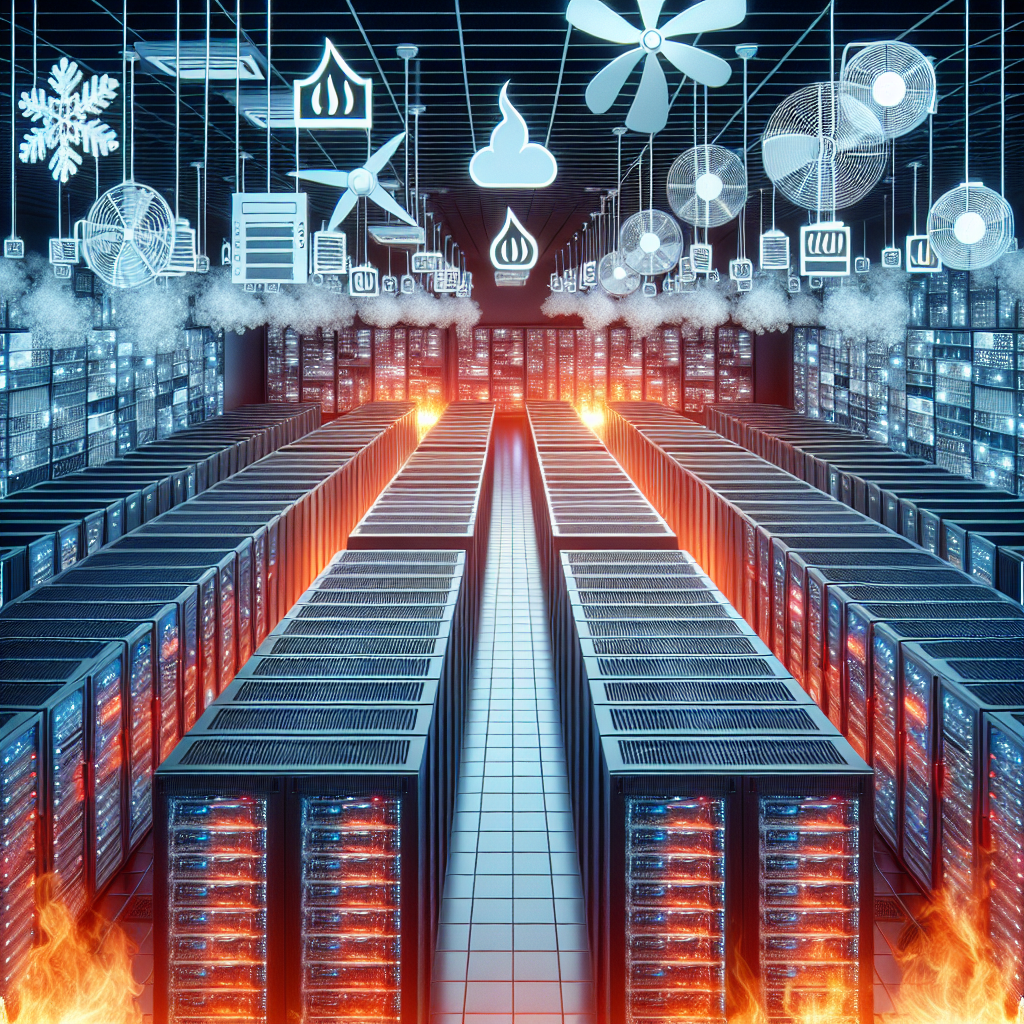Data centers are essential for storing and processing large volumes of data for businesses, organizations, and individuals. However, one of the biggest challenges facing data center operators is keeping these facilities cool. Data centers generate a significant amount of heat due to the constant operation of servers, networking equipment, and other hardware. Without proper cooling solutions in place, data centers can experience downtime, reduced performance, and even hardware failure.
There are several common challenges that data center operators face when it comes to cooling their facilities. These include:
1. Hot spots: Data centers often have areas where heat is concentrated, leading to hot spots that can cause equipment to overheat and fail. This can be due to poor airflow, inadequate cooling systems, or inefficient server layouts.
2. Energy consumption: Cooling a data center requires a significant amount of energy, which can lead to high operational costs and environmental impact. Finding ways to reduce energy consumption while maintaining optimal cooling levels is a major challenge for data center operators.
3. Scalability: As data centers grow and expand, the cooling requirements also increase. Ensuring that cooling systems can scale effectively to meet the demands of a growing data center is a challenge for operators.
4. Air quality: Maintaining proper air quality within a data center is crucial for preventing dust and other contaminants from damaging equipment. However, achieving good air quality while also maintaining optimal cooling levels can be a challenge.
To overcome these common cooling challenges, data center operators can implement several solutions:
1. Use of containment systems: Hot aisle containment and cold aisle containment systems can help to direct airflow more efficiently, reducing the risk of hot spots and improving cooling efficiency.
2. Implementing energy-efficient cooling systems: Upgrading to more energy-efficient cooling systems, such as liquid cooling or economizers, can help reduce energy consumption and operational costs.
3. Monitoring and analytics: Implementing temperature and humidity sensors throughout the data center can help operators to monitor cooling levels in real-time and identify potential issues before they lead to downtime.
4. Regular maintenance and cleaning: Regular maintenance of cooling systems, including cleaning filters and coils, can help to ensure optimal performance and air quality within the data center.
By addressing these common cooling challenges and implementing effective solutions, data center operators can ensure that their facilities remain cool, efficient, and reliable. This not only helps to prevent downtime and equipment failure but also improves energy efficiency and reduces operational costs in the long run.


Leave a Reply